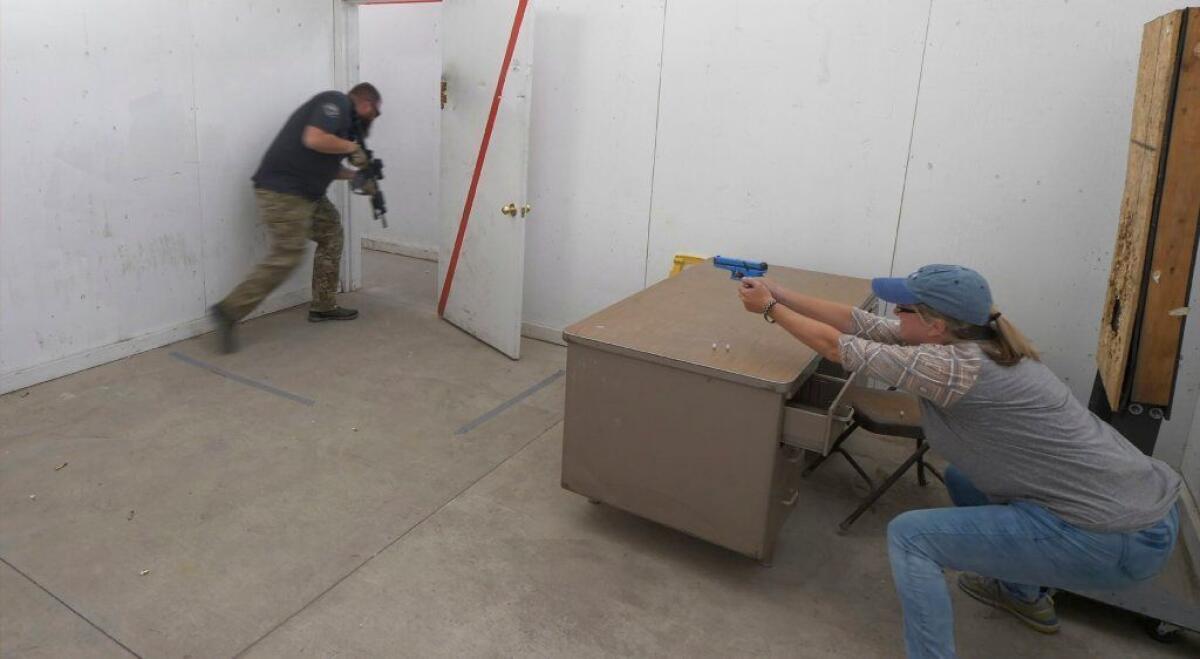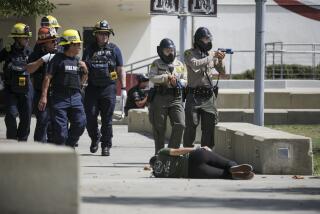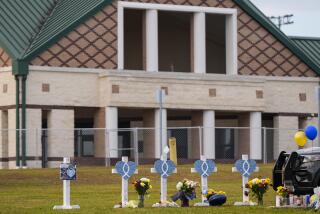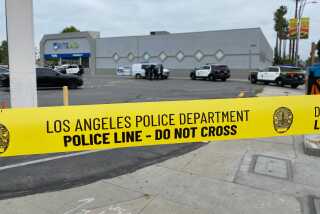Letters to the Editor: Why active shooter drills in schools may do more harm than good

To the editor: Fortunately, educators, psychologists and informed law enforcement professionals believe in a more comprehensive, prevention-based approach to dealing with school shootings than the traumatic active shooter training described by Florida teacher Tal Abbady.
The more effective approach focuses on identifying potential student shooters by noting the psychological, familial and social issues that contribute to dysfunctional behavior, social isolation and potential violence.
I am not saying that officials should eliminate the kind of training Abbady and her students underwent, but itâs been pointed out that among those students who are being trained on how to respond to a shooter are some possibly troubled kids who may themselves be at risk of perpetrating violence.
Of course, as with most intelligent plans that focus on prevention, the cost is far more than for simplistic approaches that focus on reacting to violence.
Stu Bernstein, Santa Monica
The writer is a former teacher, principal and administrator in the Los Angeles Unified School District.
..
To the editor: I co-founded a software firm with an application to assist in emergency management exercises. There were several failures in the design of the exercises Abbady described.
With an audience brand new to this kind of training, a âplanningâ or âtabletopâ exercise involving discussion and simulation would be appropriate. Firing blanks without warning so the participants can know what gunfire sounds like is an assault and not a training vehicle.
Trauma is exactly what emergency exercises should be relieving, not inflicting.
Michael Frishberg, Torrance
More to Read
A cure for the common opinion
Get thought-provoking perspectives with our weekly newsletter.
You may occasionally receive promotional content from the Los Angeles Times.










